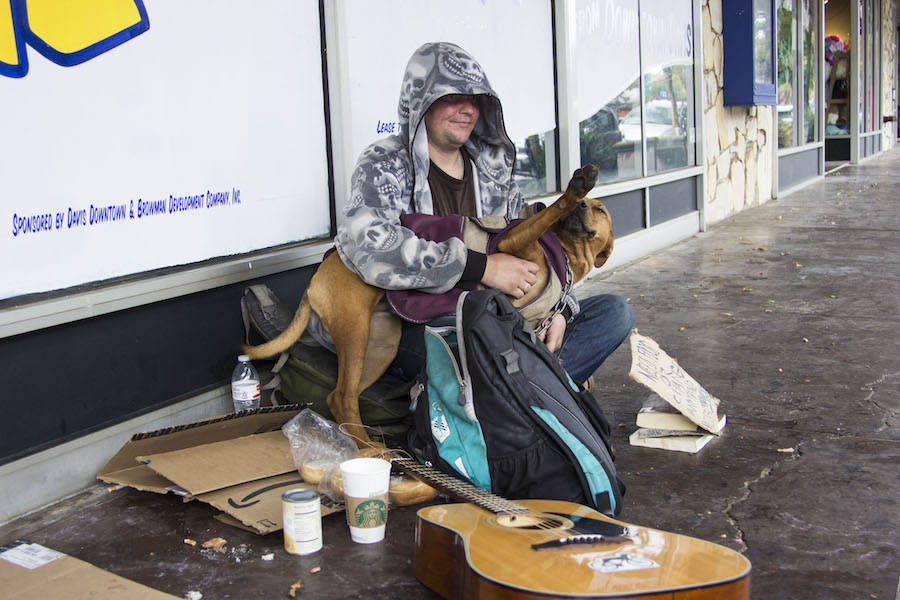
Grant from Sutter Health supports Davis Pathways in providing shelter for the homeless
More long-term housing solutions are on their way for the City of Davis’ homeless population, thanks to a $233,000 grant from Sutter Health.
131 people were recorded as homeless in Davis in January of 2015, according to the Homeless Point-in-Time study. However, many people believe that the study underestimates the number of sheltered and unsheltered homeless persons in Davis, seeing as it doesn’t account for those who are “couch surfing,” or staying temporarily in another person’s home. Additionally, the numbers are contingent-based on who responds to the survey and whether or not they are in Davis at the specific time of the survey.
The next count will take place on Jan. 23, and, if the numbers follow the current trend, the count is expected to increase.
There are currently a number of resources available to the homeless for shelter. For nearly 10 years, the Interfaith Rotating Winter Shelter (IRWS) has provided emergency shelter for homeless persons during the months of November through March. Those in need of a warm and safe place to stay come in for a brief screening and are then sent to one of the local congregations hosting the shelter for the week. Once there, they are given a cot to sleep in and a warm meal. The next morning, transportation arrives at 6 a.m. and they are driven to designated drop-off locations around downtown.
“IRWS was founded to provide an emergency shelter,” said Eric Elton, the IRWS board chair. “It wasn’t founded to provide a need out of homelessness or to assist in any way other than to provide a place to stay for the night.”
With help from the Sutter Health grant, the City of Davis will be able to further help the homeless through new federal policy directives, including Housing First. The Housing First initiative aims to place homeless persons into permanent housing. It strays from the traditional “transition” approach to alleviating homelessness by striving to provide a stable shelter before addressing other issues.
“The federal policy directive has been called Housing First, but it really basically says that the goal is to house homeless people first, and then put supporting services around that,” said Joan Planell, the social services consultant of Yolo County’s Health and Human Services Agency. “Sutter is giving money to add a job training program to the Pathways program, finance some rental assistance for people as a transition into permanent housing, and to do the supporting services around the individual once they’re placed in housing.”
These supporting services range from a number of different methods to aid those receiving shelter. One example would be a case management service that would send a trained employee to the sheltered individual to make sure rent is being paid and the sheltered individual has food in their fridge. In addition, sheltered individuals have access to any mental health services they need.
Senate Bill 1380 declares California as a Housing First state as of Sept. 29, 2016. According to the bill, “a state agency or department that funds, implements, or administers a state program that provides housing or housing-related services to people experiencing homelessness or at risk of homelessness, except as specified, to revise or adopt guidelines and regulations to include enumerated Housing First policies” would be required.
For Davis, this would mean that the efforts toward resolving homelessness, as well as those transitioning into living in a house and community, would be more successful.
“The idea is that you don’t just take someone who’s been living in the streets and put them in a house and walk away,” Planell said. “The idea is to support them in that living arrangement so that it succeeds.”
Written by: Andie Joldersma — city@theaggie.org



